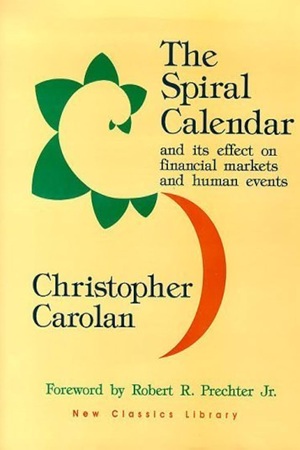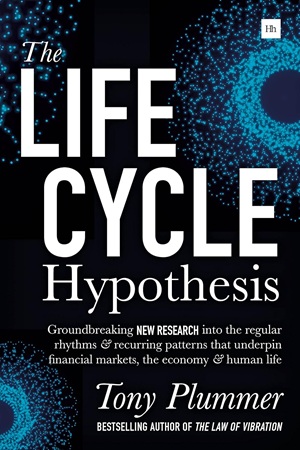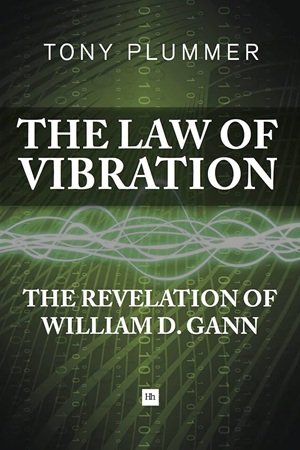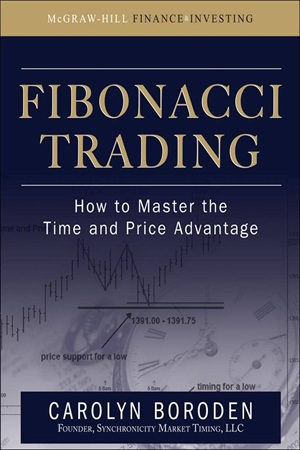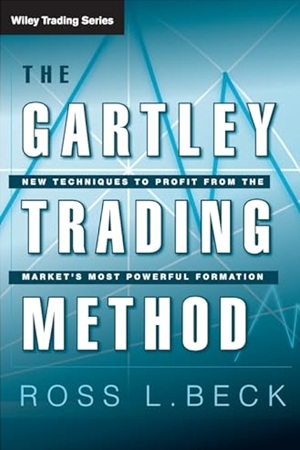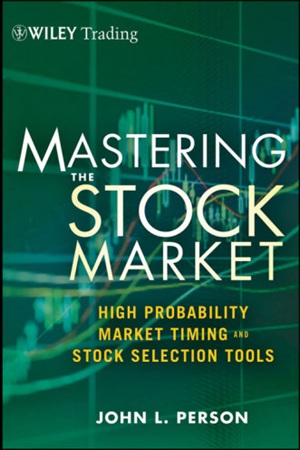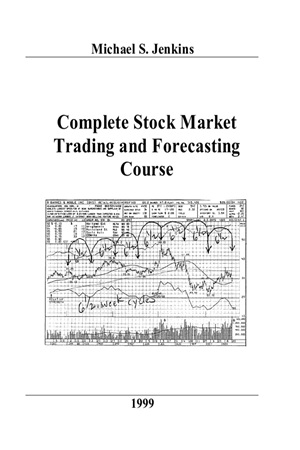The Spiral Calendar and Its Effect on Financial Markets and Human Events
22.81 $
- Author: Christopher L. Carolan
- Skill Level: Intermediate to Advanced
- Format: PDF eBook
- Pages: 159 pages
- Delivery: Instant download
The Spiral Calendar by Christopher L. Carolan is a groundbreaking work in market cycle theory, blending ancient timekeeping, Fibonacci ratios, and lunar rhythms into a compelling framework for forecasting financial markets and societal shifts. Winner of the 1992 Charles H. Dow Award, this book stands as one of the most original and daring approaches to market timing ever published.
Carolan introduces the concept of the Spiral Calendar, which aligns lunar months (synodic cycles) and Fibonacci sequences to identify recurring time intervals between major turning points in markets—and even historical human events. Rather than rely on standard linear calendars, the Spiral Calendar accounts for the natural timing rhythms that govern both price action and collective behavior.
With detailed case studies—such as the 1929 crash, 1987 Black Monday, and other critical tops and bottoms—Carolan demonstrates how spiral timing patterns can reveal unseen structure in what appears to be market chaos.
✅ What You’ll Learn:
- How the Spiral Calendar maps time using lunar months and Fibonacci intervals
- Why certain market events occur at precise time intervals from past events
- How to apply Spiral Calendar cycles to stock market peaks, crashes, and rallies
- The connection between human psychology, moon phases, and time-based symmetry
- How natural time recurs in both financial and geopolitical events
- Case studies of major market reversals predicted using Spiral Calendar analysis
💡 Key Benefits:
- Discover a non-linear time model that reveals hidden market timing relationships
- Gain tools to analyze price action with a fresh, rhythmic perspective
- Understand how Fibonacci time counts influence investor behavior
- Learn to anticipate volatility cycles and turning points
- Explore the intersection of cosmic rhythm, market structure, and human emotion
👤 Who This Book Is For:
- Market timers and cycle theorists
- Gann and Fibonacci traders exploring advanced time tools
- Investors fascinated by lunar and astronomical influences
- Technicians seeking time-based trade confirmation
- Traders who study esoteric and behavioral patterns in financial markets
📚 Table of Contents:
- The Birth of the Spiral Calendar
- Time, Memory, and Human Behavior
- The Synodic Month and Market Emotion
- Fibonacci Numbers in Temporal Market Patterns
- Identifying Spiral Nodes and Intervals
- Case Studies: 1929, 1987, 1990, and More
- Expanding the Calendar to Human History
- Practical Application of Spiral Timing in Trading
- Implications for Market Psychology and Forecasting
- Final Thoughts and the Nature of Cyclical Time
| Author(s) | Christopher L. Carolan |
|---|---|
| Format | |
| Pages | 159 |
| Published Date | 1992 |
